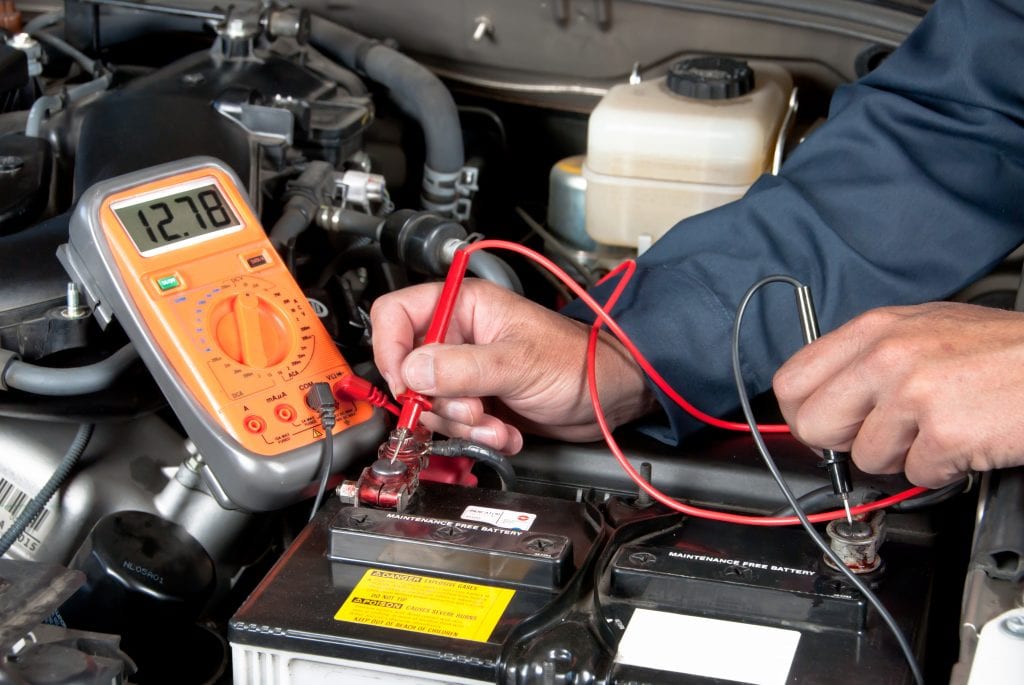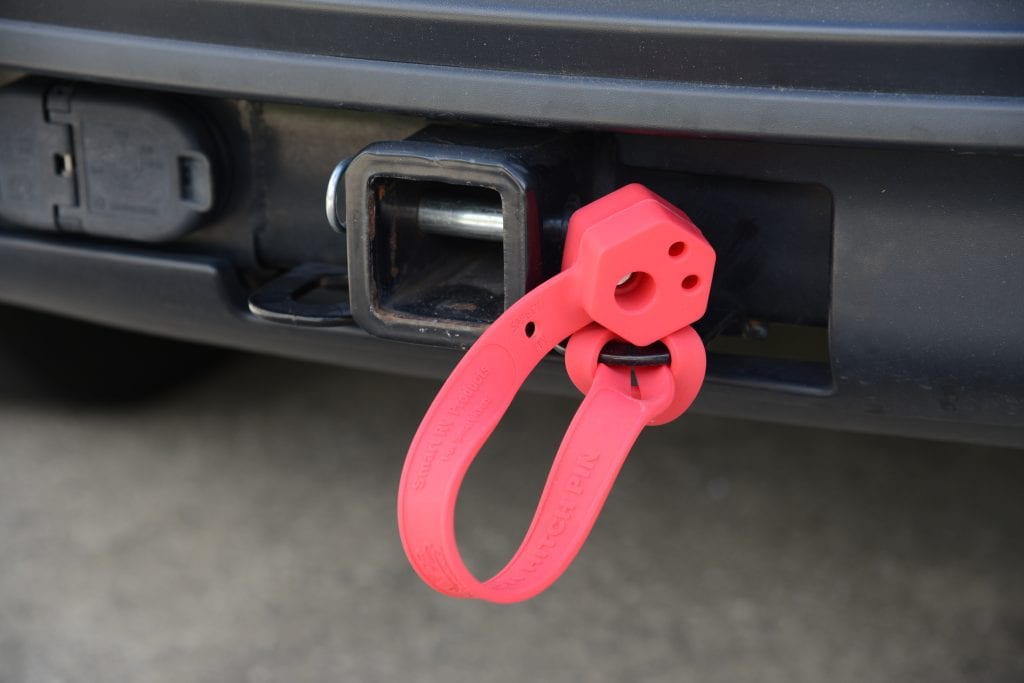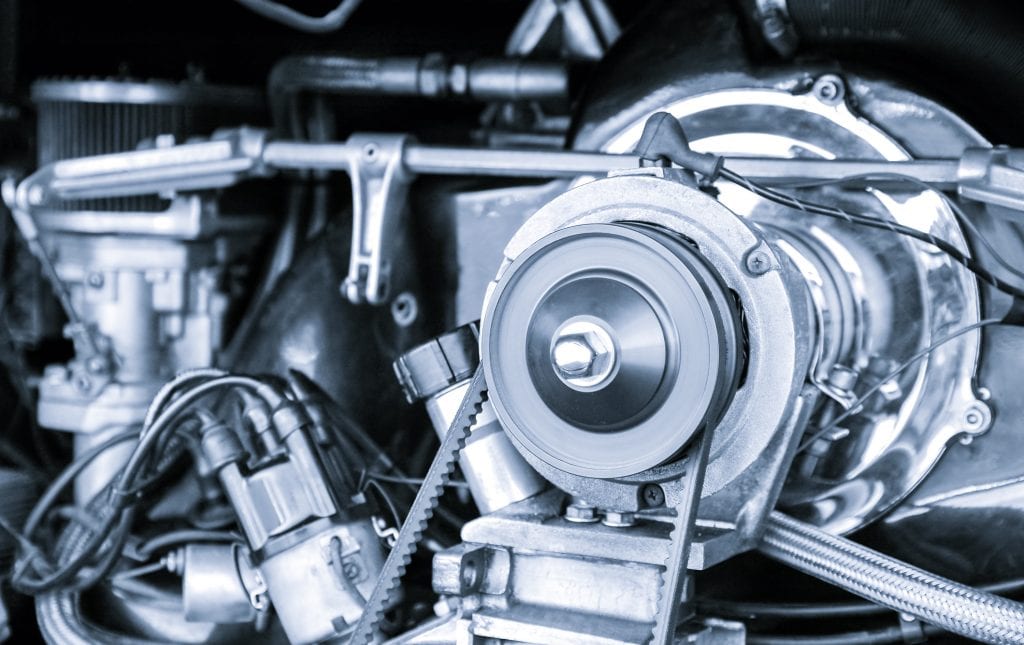Safe RV travel, yes, it should take precedent over anything else. RV traveling is an amazing way to see the country. But, what are the safest steps to get the RV ready to travel? These quick RV preparation tips will ensure the RV will be the perfect home for your long trips and will keep the family safe as you go RVing again and again this season.
Ok, it’s time to take the RV out of storage. What should the RVer need to check to make sure it operates in the safest way possible? For any of the service checks listed here, please check manuals and/or take the RV in for service if you need assistance. Product manufacturers generally know their product best and should always be taken seriously.
- Battery check
- Flush the water system and check for leaks
- Check appliances and wireless electronics
- Perform a tire check
- Check all fluids in the RV
- Check for damage to the RV
- Make sure the hitch is safe
Eyers Hitch Center has a more comprehensive safety checklist worth checking out!
Download the Safety Checklist and Supplies and Equipment Checklist in printable, PDF format
Here’s another from travelandrvcanada.com
ARE THE BATTERIES OPERATING SAFELY AT 100%?
 As batteries sit in storage they may lose some of their charge. Make sure the batteries are charged and that the water levels are filled. As a result, some people disconnect the battery for storage in the off season. Reconnect the battery correctly and safely. The easiest way to get stranded is to have a malfunctioning battery while on the road. A quick check of the battery’s condition can save a lot of time down the “road”. Learn more about RV batteries here.
As batteries sit in storage they may lose some of their charge. Make sure the batteries are charged and that the water levels are filled. As a result, some people disconnect the battery for storage in the off season. Reconnect the battery correctly and safely. The easiest way to get stranded is to have a malfunctioning battery while on the road. A quick check of the battery’s condition can save a lot of time down the “road”. Learn more about RV batteries here.
MAKE SURE THERE ARE NO LEAKS IN THE WATER SYSTEM
It is possible that leaks have developed while the RV was in storage, so this step is essential to make sure you have clean water for your trip. Flush and sanitize the entire water system, including hoses and faucets. Similarly, keep an eye out for leaks in any place the water would flow through the pipes, and repair any leaks you find before traveling. After repairing leaks, flush out the water heater tank and refill it and replace the filter.
MAINTENANCE CHECK OF ALL APPLIANCES AND WIRELESS DEVICES
Propane tanks, refrigerators, ovens, air conditioners, washing machines, or any other appliances should have a routine safety check each year. This will give you time to get anything not working repaired before you travel. Remember that propane tanks expire, so check to make sure they are still safe.
If you have awnings, jacks, lights, and slides or other switches, test these for safe operation. An RVer can safely operate and inspect all of these by using smartRVcontrols devices, wirelessly, from anywhere near the RV. This will also ensure that your remote devices have batteries that are working.
Don’t forget the leveling tools! Make sure you bring your leveling products and tools with the camper. If purchased, check that the WoBLR leveler has batteries and your leveling devices are in place.
CHECK TIRE CONDITIONS BEFORE DRIVING ON THE ROADS SAFE RV TRAVEL
Setting RV tires to the correct inflation pressure is critical to optimum tire life, tire performance, vehicle handling, and most important SAFETY. –RVSEF
Of course, tires that are in good shape on your RV, as well as all vehicles, are especially important for safe RV travel. Make sure the tires do not have excessive wear or cracks in the treads or sidewalls, as well as checking the air pressure in each tire. Check your manual for optimal pressure. Important RV Safety Information Here
MAKE SURE YOUR ENGINE AND GENERATOR FLUIDS ARE CHANGED
Check all fluid levels in the transmission, power steering, coolant, oil, windshield washer fluid, brakes, and your generator oil. Make sure the levels are full, and if they aren’t check for leaks. Regular maintenance is important with oil changes and other engine fluids. Any abnormal levels should be checked at a service center by a professional technician.
CRACKS CAN HAPPEN IN THE BODY OF THE MOTORHOME!
Check the seams on the entire RV to make sure there are no cracks, holes, or other damage. While doing so, if any damage is found, use sealants that are made for your RV to make repairs, or take it to a service center to have the roof resurfaced.
Furthermore, while checking the safety of the RV, check the gauges, lights, registration, insurance, and emissions inspection decal. Also check to make sure all safety devices are operating correctly: smoke, PL gas leak, and CO2 detectors and fire extinguisher. Making sure everything is operating safely will save you from potential emergencies while on the road!
HITCHING YOUR RV TO YOUR VEHICLE SAFELY FOR SAFE RV TRAVEL
Above all, make sure you have your hitch pin and locking clip and your Hitch PinLeash securely attached.
Hitching a 5th Wheel to a vehicle safely and correctly will prevent an accident from happening while on the road. Finally, always keep track of the hitch pin and clip by keeping it with the hitch and not placing it on the bumper or on the ground. For more information on hitch safety, look here.
SAFE RV TRAVEL
By making a habit of these quick safe RV travel tips, you can prevent many of the common pitfalls of traveling on the road. Finally, be safe and enjoy your next adventure, safely!


Recent Comments